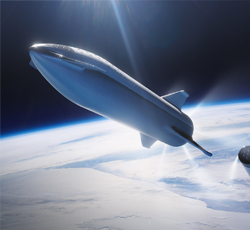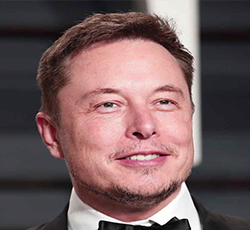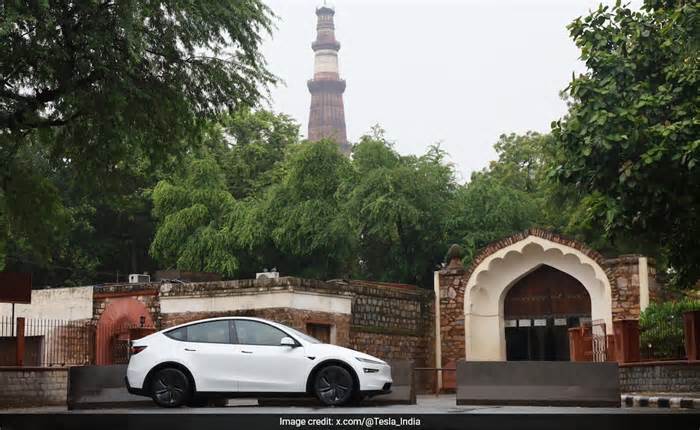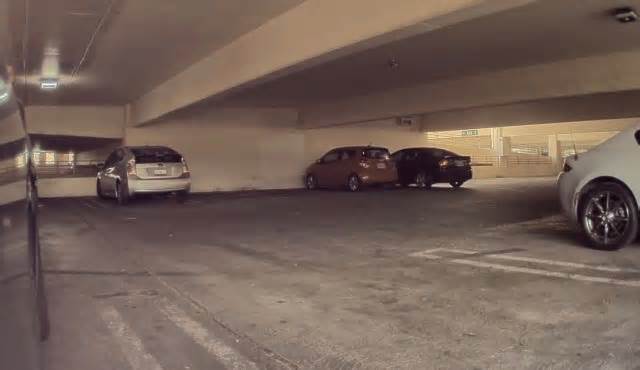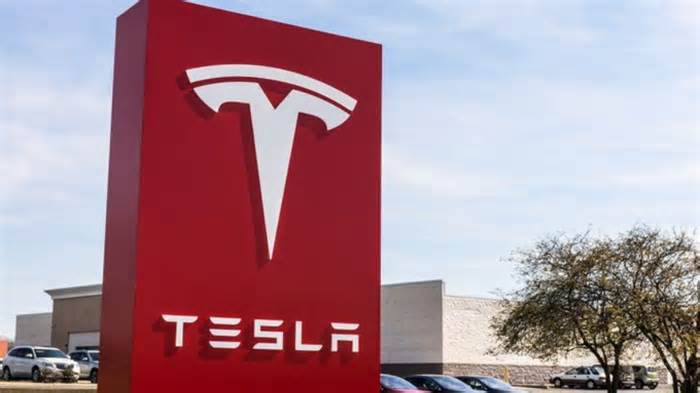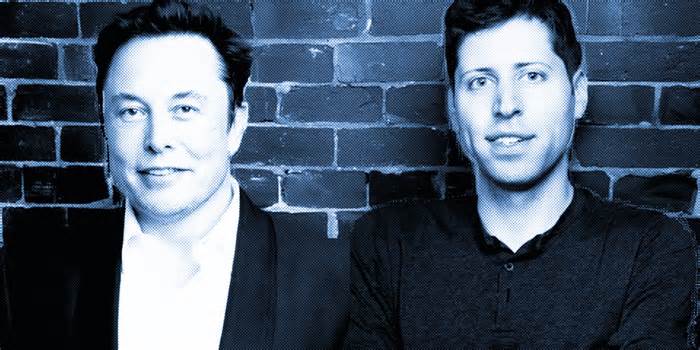
Is The Cybertruck Really What Tesla Needs Right Now? - InsideEVs
- by Inside EVs
- Dec 01, 2023
- 0 Comments
- 0 Likes Flag 0 Of 5

Comment
If the Tesla Cybertruck is the vehicle of the moment, so to speak, it’s very much Elon Musk’s particular moment.
There are a few anecdotes from Walter Isaacson’s biography of Musk that speak volumes about how we got to where we are this week, witnessing the long-awaited production debut of arguably the most polarizing electric vehicle ever made. The first one dates back to early 2017, when Musk and the Tesla inner circle were mulling the idea of a pickup truck—a way to get into America’s most lucrative and important markets.
But Musk insisted on doing something different here; something wild, something that would rethink the stagnant pickup truck concept entirely. Musk even referenced the Lotus Esprit from the James Bond film The Spy Who Loved Me that he so admires. They mulled building it out of aluminum, then titanium, until Musk insisted on stainless steel.
Gallery: Tesla Cybertruck 77
The bigger issue for me is that at the end of the day, as novel and surprising as it is, the Cybertruck is another big, expensive, resource-intensive EV—and that’s not something the world needs right now. We’ve seen take after take questioning the electric future as demand proves to be uneven, and while that doomerism is greatly exaggerated, there are real market forces at work there. Many buyers are turned off by the huge, expensive electric trucks and SUVs that now dominate the EV world. Price, and the dearth of public charging, are the two biggest reasons EV demand is in a waning period in America. The Cybertruck may be exciting to the hardcore Tesla fanbase, but it isn’t going to change that situation.
And given Tesla’s penchant for delays, it feels likely that the base $60,990 Cybertruck slated for 2025 will take longer than that to arrive, leaving most buyers with the nearly $90,000-plus examples. Do we really need more of those? Does Tesla need more vehicles like that?
It’s true that Tesla shouldn’t be tasked with delivering a public good; it may have an altruistic mission on the door, but capitalism is still capitalism. Yet I think a much bigger financial and social coup d’etat would’ve been Tesla’s long-awaited $25,000-ish EV. That’s the car I wish we could’ve seen on Thursday. It’s the car that would’ve blown all those anti-EV concerns out of the water (including charging access, since it’d be a Tesla, after all.) It would’ve done more to “accelerate the world's transition to sustainable energy” than any Cybertruck ever did. The world could certainly use more affordable, small EVs to replace gas-burning cars, and maybe convince people they don’t actually need a 600-mile car where the battery alone weighs more than a Mazda Miata. That’s as close to a social good as any car company can deliver right now.
And let’s face it: love it or loathe it, Tesla is just about the only automaker right now that could pull that off at scale. (Outside of China, anyway.) Had the design and production resources gone to that car instead of the Cybertruck, we’d be having a very different conversation today about the future of electric cars. At some point within Tesla, that must have happened, and I wonder how much Musk’s insistence on the Cybertruck being the Cybertruck played a role in that. Now we have to wonder how long Tesla is going to take a bath, financially speaking, on getting this truck up and running.
A rendering of the affordable Tesla EV with "Cybertruck" design cues, as referenced in Isaacson's book.
You can blame what Isaacson calls Musk’s “reality-distorting willfulness” on some of this. According to the book, the company had been teasing the $25,000 EV idea publicly since at least 2020. They've long known it would be an engine for growth. Executives told Musk that “in order for Tesla to grow at 50% a year, it needed to have an inexpensive small car,” something that could have twice as much demand and sales as the Model 3 and Model Y. But Musk has insisted that the next step needed to be a fully autonomous robotaxi instead; anything less than that, he said, would be boring and not transformative enough.
Ultimately, his team placated him by convincing him to build this cheap EV and the robotaxi on the same platform, probably in Mexico, but its success depends on Tesla’s ability to deliver full autonomy—something it isn’t anywhere close to yet. Instead, we wait for that, and probably several more years for the Cybertruck to get to that promised $60,000 price tag.
That’s what reality-distorting willfulness gets you. But we’ve seen a lot of that lately, haven’t we?
More Cybertruck News
Please first to comment
Related Post
Stay Connected
Tweets by elonmuskTo get the latest tweets please make sure you are logged in on X on this browser.






 Energy
Energy